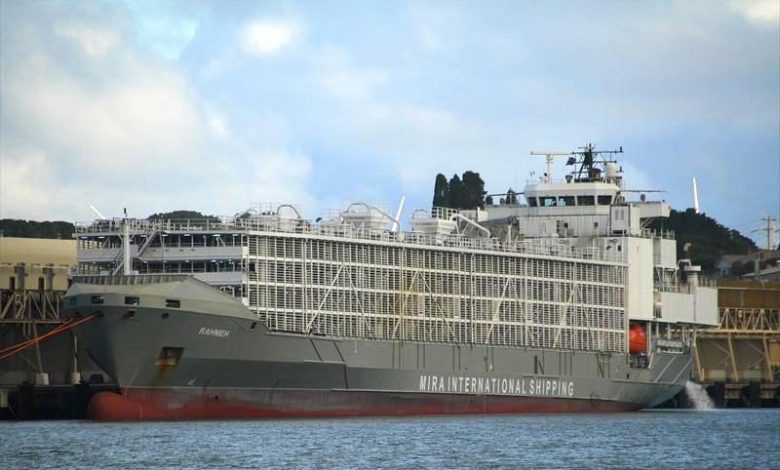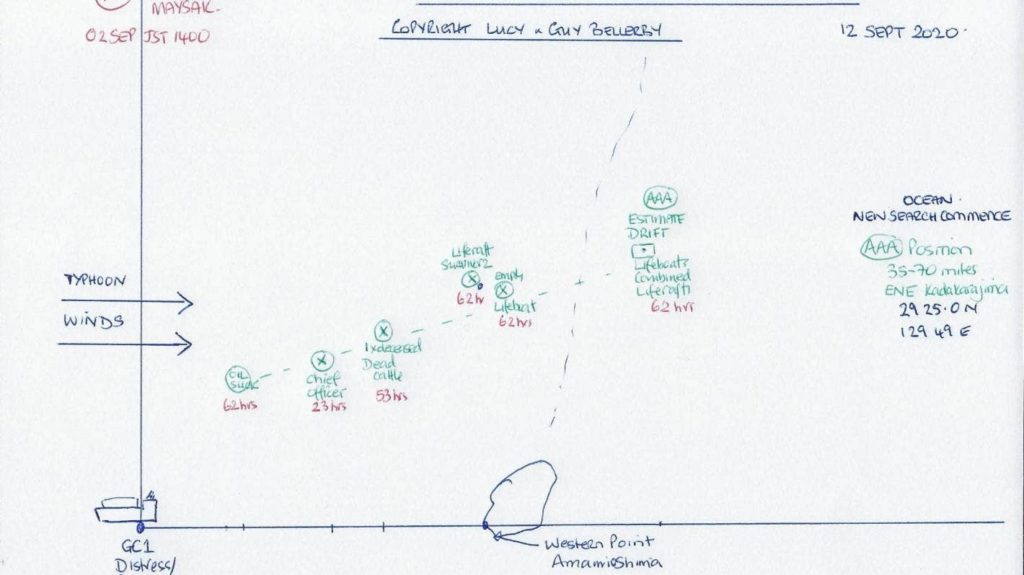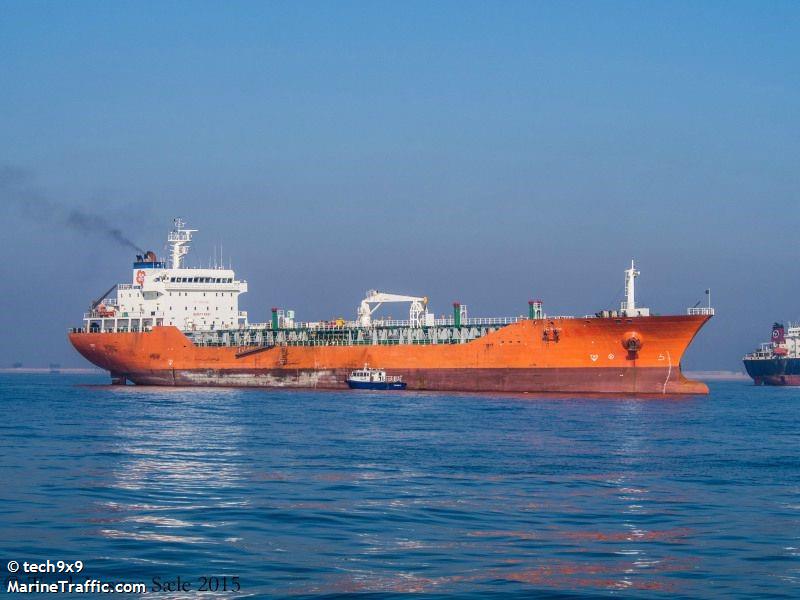Operation to find Gulf Livestock 1’s VDR on the cards

New Zealand’s minister of foreign affairs, Winston Peters, has backed calls to mount an operation to retrieve the voyage data recorder on the Gulf Livestock 1, a ship that sank in the middle of a typhoon off southern Japan on September 2. Forty out of 43 crew remain unaccounted for from the accident, while the more than 5,800 cattle onboard the converted boxship have perished.
“We know how much it would mean to the families of those on the ship to understand more about what happened to cause this tragic loss of life,” Peters told local media over the weekend.
The Gulf Livestock 1, owned by the UAE’s Gulf Navigation, started its trading career as a 630 teu containership in 2002 before being converted to carry animals 10 years later. The sunken ship had a chequered past. European shipping database Equasis lists 25 port state control deficiencies in 2019 and 2020 alone, including a number relating to the main engine. In July last year the ship drifted for a day undergoing repairs following an engine failure.
Maritime Union New Zealand’s national secretary, Joe Fleetwood, told a breakfast show on national television over the weekend that the ship had left Napier port with a list on its journey to China. Midway through the journey the decision was taken to not try and circumnavigate an approaching typhoon with the ship’s last tracking showing it heading into the eye of the storm in the East China Sea with 15 m high waves. The ship then lost power and capsized.
“I’m led to believe that after the vessel had sailed I was informed that the ship had left the port of Napier with maybe a 2 to a 3 degree list on so that’s not good vessels leaving like that,” Fleetwood said.
The official search operation for the missing men was called off last week but families of the missing crew continue to urge Japanese authorities to resume their search.
Families of the missing are holding on to the fact that four liferafts and one lifeboat remain missing, and the area where the ship went down is dotted with many islands.
The family of one of the two New Zealanders onboard – Lochie Bellerby – have been working with maritime experts to estimate where the crew could have drifted to following the sinking, drawing a map (see below), issued on Saturday, to show their latest estimates of where the life boats could have drifted based on where distress calls were sent from and where the three men to have been picked up from the ship were found.


 , a ship that
, a ship that
If I was the harbourmaster at the loading port, I would resign.
NZ regulation requires that the voyage stability for a livestock carrier must be checked and assessed as adequate by an approved NZ Maritime surveyor prior to departure. This must have been accomplished and a copy of the voyage stability data should be available. If so, what does it reveal? And does it support the safe stability throughout the voyage of the GL 1 despite the fact that she had a 2-3 degree list at departure? This all has the smell of a ‘tender’ ship with a marginally adequate GM (not less than 0.15 m. by regulation) which had diminished to an inadequate GM due to bunker and stock water consumption from DB tanks and associated free surface effect. Combine this possible instability with a loss of engine power where the GL 1 would then have fallen beam on into the typhoon swell trough and you have a perfect scenario of synchronous rolling, capsize and death. NZ Maritime seem to have questions to answer, especially in circumstances where the GL 1 and her sister ship Jawan were both previously identified by AMSA with significant stability issues.